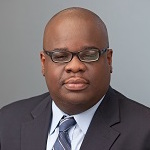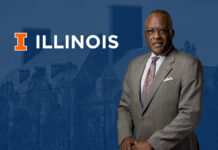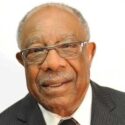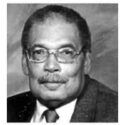A new study by researchers at the University of Kansas and the University at Albany of the State University of New York System investigated whether student-faculty interactions have an influence on how students perceive the climate for diversity on campus.
The study examined student experiences at 10 large research universities in the United States using data from a survey conducted by the Student Experience in the Research University Consortium, which is based at the Center for Studies in Higher Education at the University of California, Berkeley. They examined student responses to whether they had participated in 12 different types of student faculty interactions such as “frequently communicated with the faculty member by email” or “faculty member was available outside of class.” They then compared responses to these questions with the student’s perception of whether they considered the campus to be welcoming to their particular group.
The results show that nine of the 12 types of student-faculty interactions had a statistically significant association with a student’s perception of the overall campus climate regarding diversity. Five student-faculty interactions had a positive impact and four had a negative impact.
 Eugene T. Parker III, an assistant professor of educational leadership and policy studies at the University of Kansas and a co-author of the study, stated, “We need to think more about the quality, type and context of interactions students are having with faculty. Whether it was positive or negative and how that influenced their perspective of the campus climate for diversity is important. If it has a positive impact on students, then we as higher education professionals need to develop them and support them. We need to invest in them, form more mentor/mentee relationships and engage our students.”
Eugene T. Parker III, an assistant professor of educational leadership and policy studies at the University of Kansas and a co-author of the study, stated, “We need to think more about the quality, type and context of interactions students are having with faculty. Whether it was positive or negative and how that influenced their perspective of the campus climate for diversity is important. If it has a positive impact on students, then we as higher education professionals need to develop them and support them. We need to invest in them, form more mentor/mentee relationships and engage our students.”
Dr. Parker holds a bachelor’s degree and a Ph.D. from the University of Iowa and an MBA from the University of Illinois at Chicago. He joined the faculty at the University of Kansas in 2015.
The study, co-authored by Teniell L. Trolian, an assistant professor of educational administration and policy studies at the University at Albany, was presented at the recent conference of the Association for the Study of Higher Education.












Where do I find the study. I can’t determine what is helpful and what is perceived as negative.
I would ask one of the authors mentioned in the study for a copy of their paper.